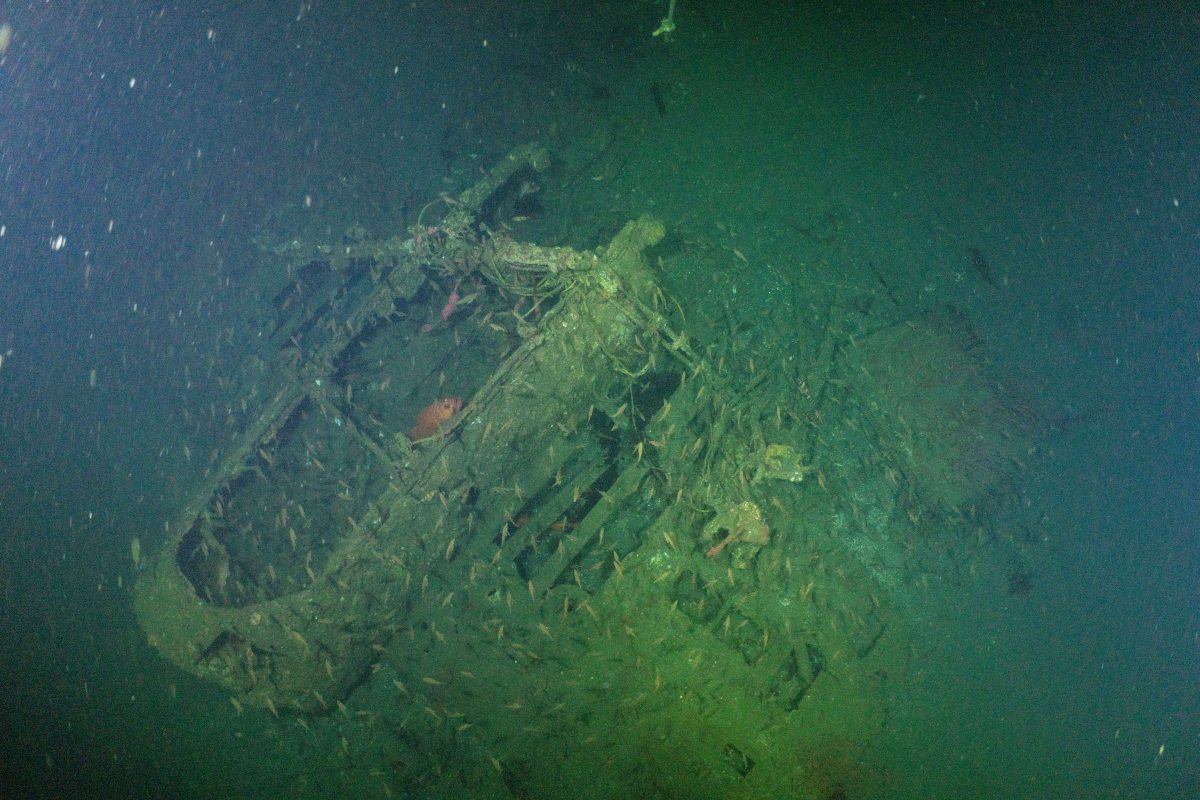We have been actively diving the Pt Loma area looking for new wrecks.
One of the "problems" is that there are a lot of WW II era airplanes that were dumped. It is virtually impossible to tell the difference between a "real" wreck and a dumped airplane using sonar and hull based side scan. We don't have an expensive ROV so instead we use a ROBD - Remote Operated Brett Diver. They pull up, drop a downline and send me down with a camera (no surface comms though).
Below is an update on the additional dumped airplanes that we have found. I have also provided GPS locations and a map of them in case anybody else is interested in diving them. The most significant data point is the one airplane that we found very far south of the clump of the others. We don't know the extent of the "junkyard" but it seems BIG.
We have searched and searched but can find no official record of the Navy ditching the airplanes but they are obviously there and they all have pretty much the same characteristics (engine removed, cockpit instrumentation removed, wings & tail clipped).

 wreckedinmyrevo.com
wreckedinmyrevo.com
Here is the map of the locations:

Regards,
- brett
One of the "problems" is that there are a lot of WW II era airplanes that were dumped. It is virtually impossible to tell the difference between a "real" wreck and a dumped airplane using sonar and hull based side scan. We don't have an expensive ROV so instead we use a ROBD - Remote Operated Brett Diver. They pull up, drop a downline and send me down with a camera (no surface comms though).
Below is an update on the additional dumped airplanes that we have found. I have also provided GPS locations and a map of them in case anybody else is interested in diving them. The most significant data point is the one airplane that we found very far south of the clump of the others. We don't know the extent of the "junkyard" but it seems BIG.
We have searched and searched but can find no official record of the Navy ditching the airplanes but they are obviously there and they all have pretty much the same characteristics (engine removed, cockpit instrumentation removed, wings & tail clipped).

Airplane Junkyard Part II & III (Pt Loma — 175-230 fsw)
This is an update to a post back in September 2021 about a “WW II Airplane Junkyard” off of Point Loma. As we have been looking for new targets in the south Point Loma area, we are R…
 wreckedinmyrevo.com
wreckedinmyrevo.com
Here is the map of the locations:
Regards,
- brett





